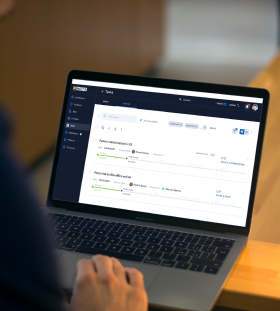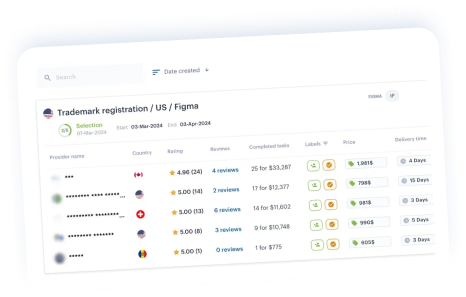Patent Office Action Responding
During the examination, you can receive an Office Action that may include requirements or objections. It is not a problem. The attorney will analyze this, devise a strategy, and prepare a response



During the examination, you can receive an Office Action that may include requirements or objections. It is not a problem. The attorney will analyze this, devise a strategy, and prepare a response







-
An AI-powered IP assistant that helps you create a detailed assignment within minutes.
-
Selection of the most suitable local patent attorney based on specific criteria.
-
Office action analysis, response strategy development, preparation, and filing done by an attorney.
-
Online monitoring and reporting on the platform throughout the entire process.

-

More than 800 IP law firms from 150+ countries, ranking and reviews
-

An AI-powered IP assistant that helps create tasks and find relevant attorneys
-

Flat fees, secure and fast online payments with guaranteed results
-

24/7 access to the registration process and online data storage for all your cases
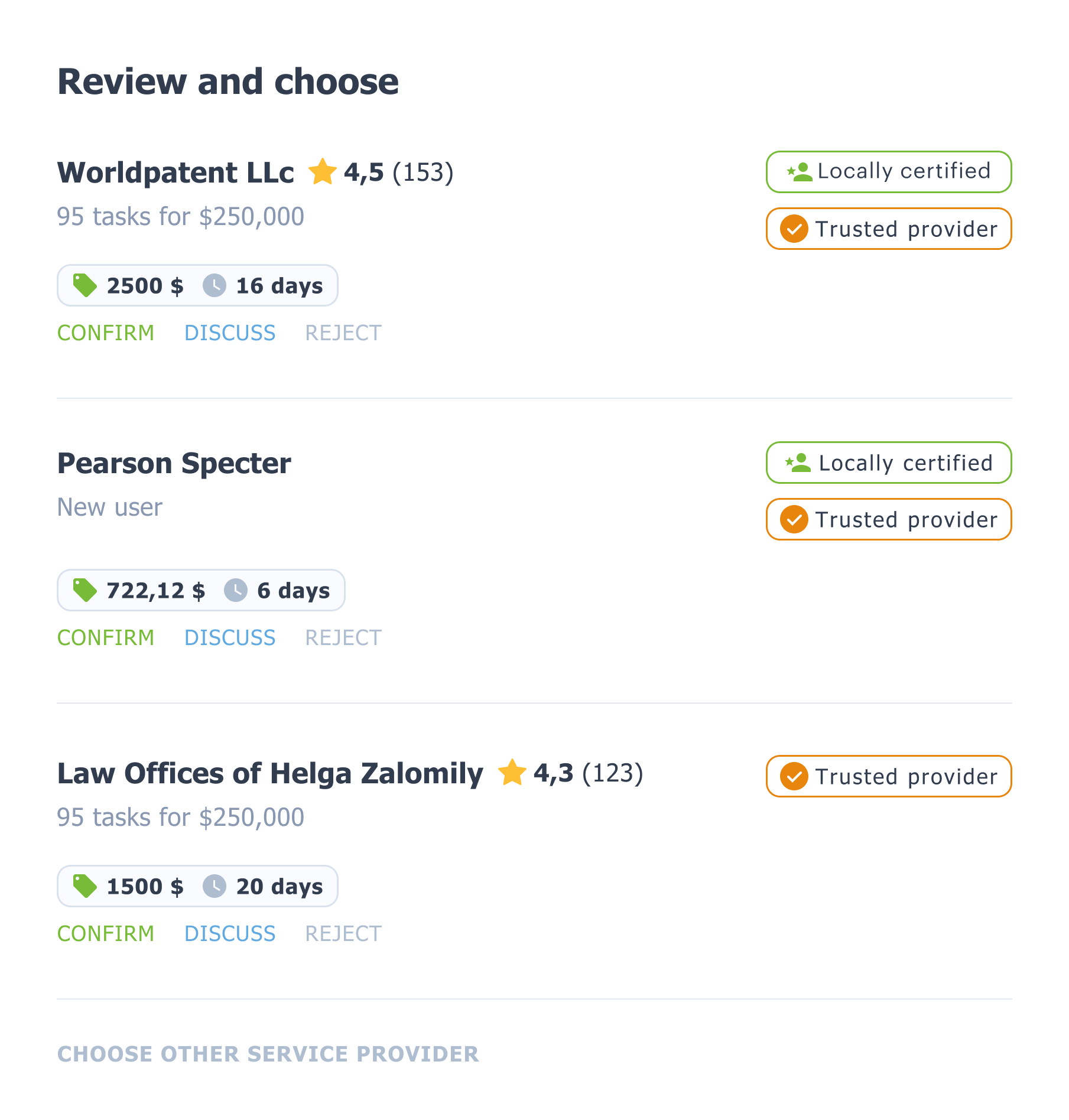







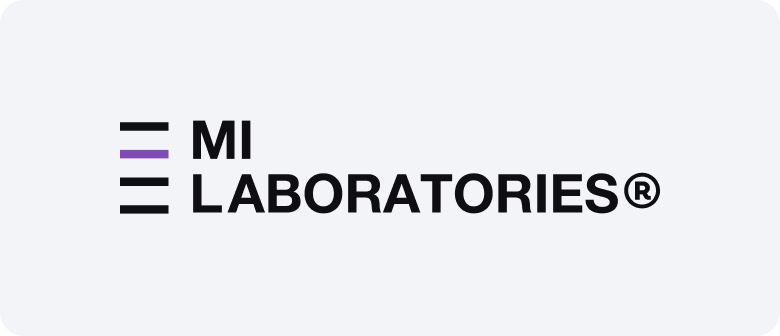

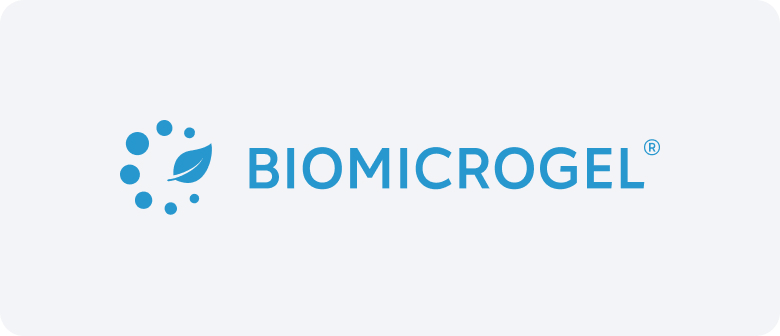
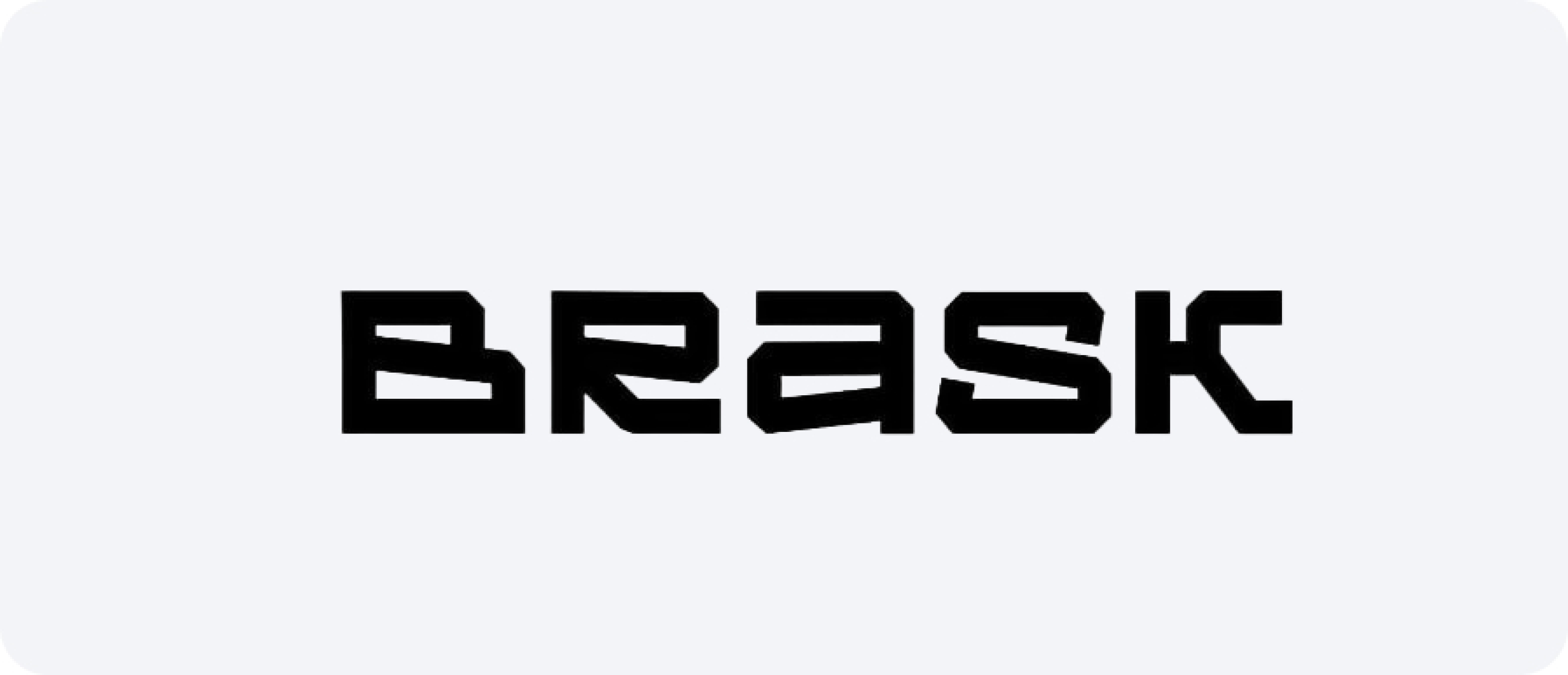

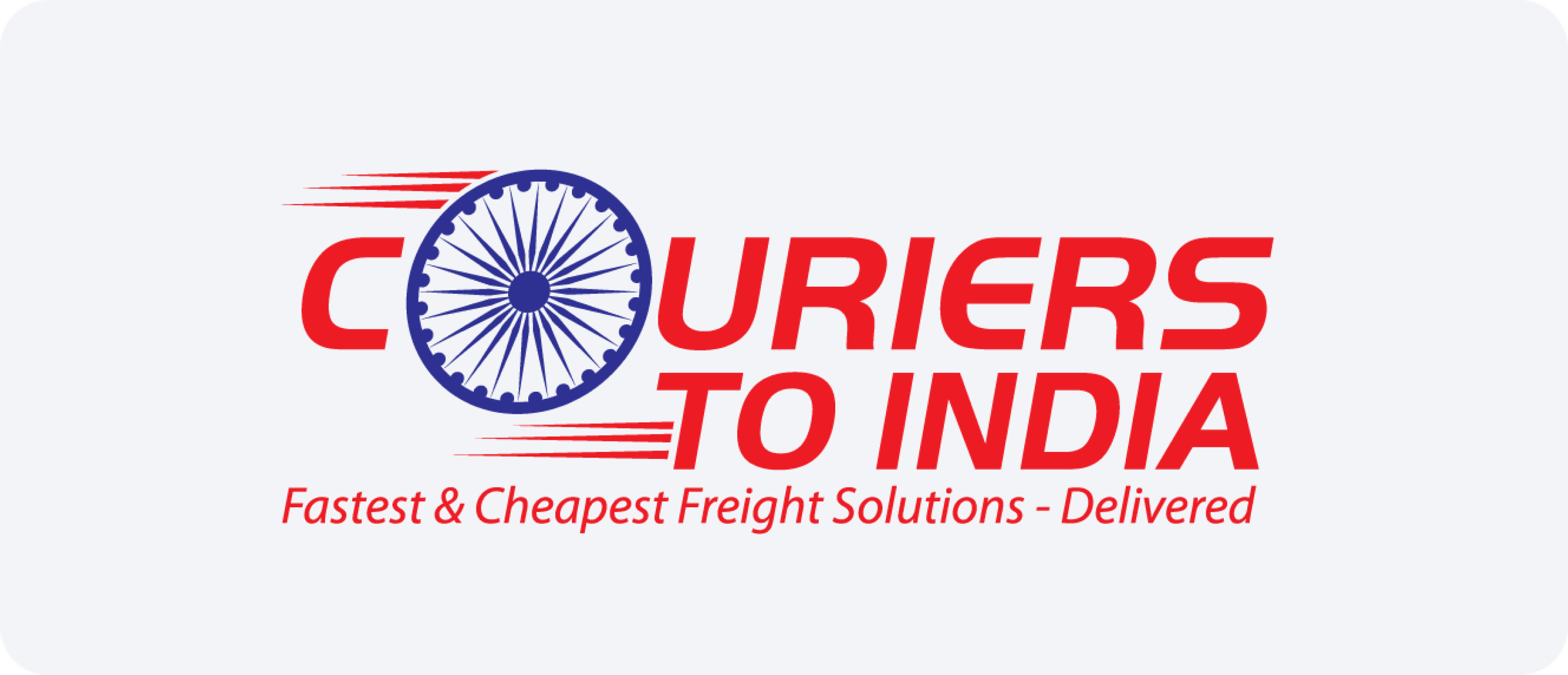


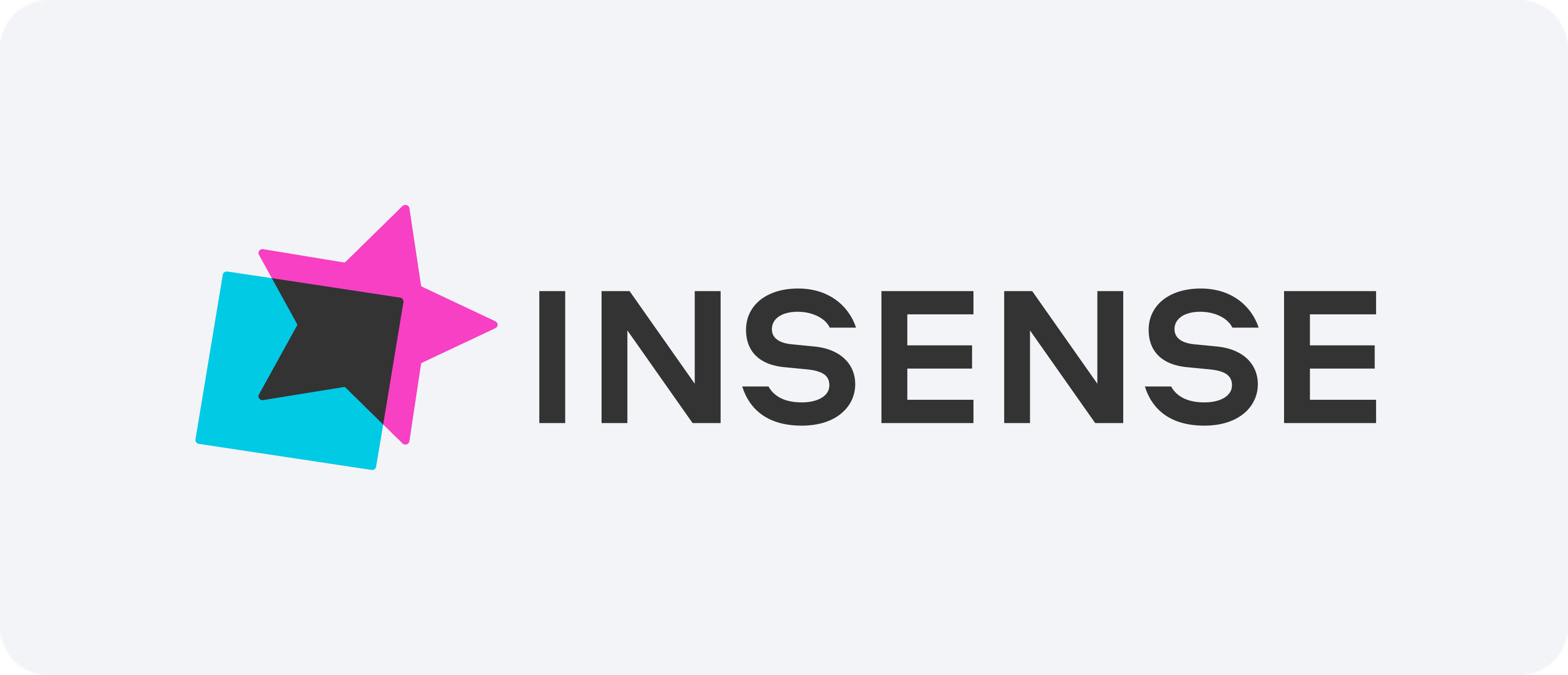

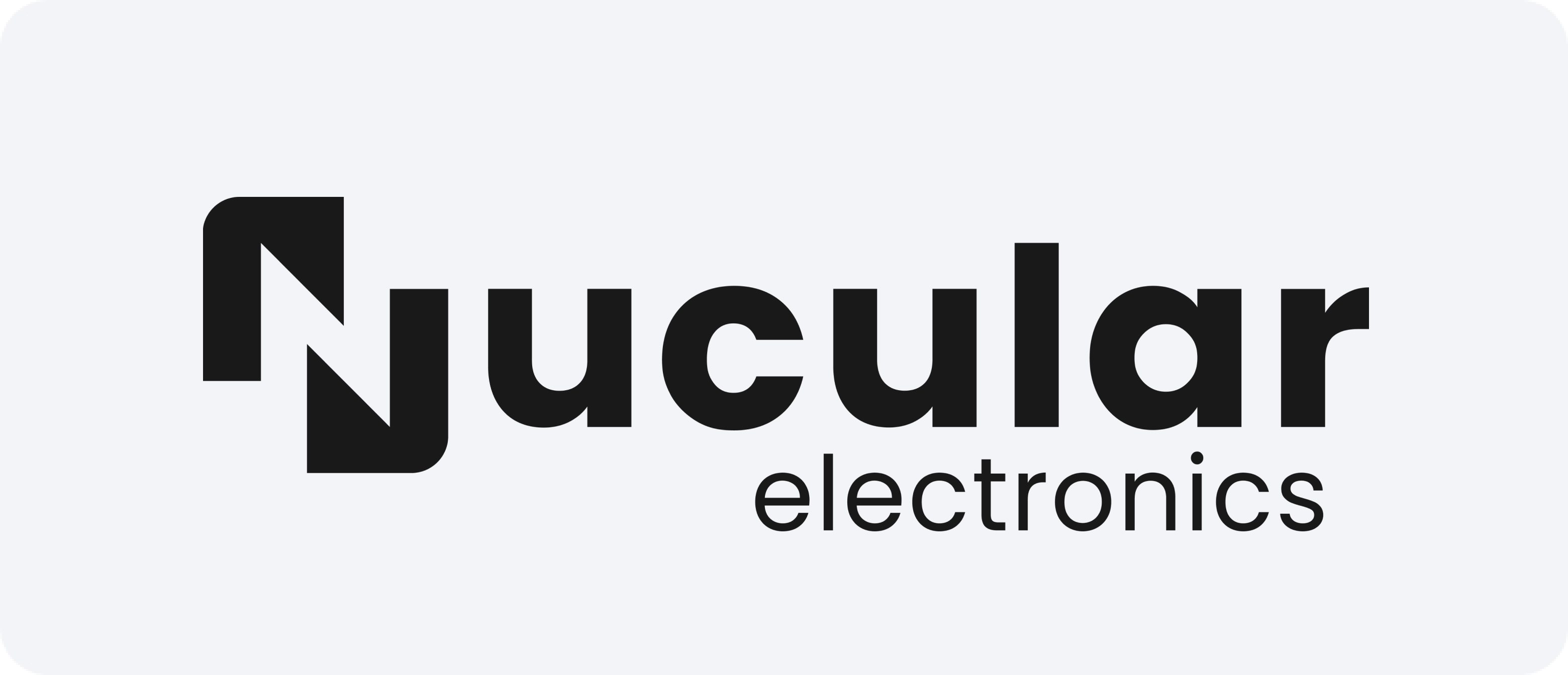






















Office Action Responses: Effective Strategies for Patent Prosecution Worldwide
When securing protection for innovations globally, inventors and businesses often face the critical task of crafting office action responses. These documents play a vital role in the prosecution process, determining the fate of applications across jurisdictions. Each patent authority has its own approach to evaluating claims, and understanding how to efficiently respond to objections or rejections is essential for success worldwide.
A well-prepared reaction to an examination notice can significantly improve the chances of invention grant. Whether the objection is related to novelty, inventive step, clarity, or formal issues, having a strong strategy tailored to the jurisdiction helps avoid unnecessary delays and costs. Due to varying rules and examination practices, responding correctly requires experience, technical knowledge, and familiarity with global procedures.
Key Elements in a Successful Reply
Applicants must analyze the examiner’s objections carefully and craft a reply that meets both legal and technical requirements. Failing to do so may result in rejection or abandonment of the application.
Some common issues raised in examination notices include:
- Lack of novelty or inventive step
- Ambiguity or indefiniteness in claims
- Insufficient disclosure in the specification
- Formal or procedural deficiencies
Each type of objection demands a specific approach. An effective examination notice procedure should address the examiner’s concerns in a clear, concise, and persuasive manner. Arguments must be supported with evidence, amendments must be precise, and any claim changes must comply with local laws.
Navigating Examination Notices Procedure Around the World
The procedures for handling examination notices vary significantly from one country to another. While the goal remains the same — obtaining a granted patent — the path to achieving it depends heavily on the rules of the local authority. Here's how worldwide jurisdictions typically differ in handling reactions:
- United States: The USPTO allows for detailed argumentation and claim amendments. Strict timelines apply.
- Europe: The EPO follows a structured examination process, with particular emphasis on clarity and support in the description.
- Japan: The JPO focuses on detailed technical explanations, often requiring deep understanding of engineering or scientific concepts.
- China: The CNIPA prioritizes efficiency but enforces strict formality and procedural compliance.
- India: The procedure here requires attention to inventive steps and local legal interpretations.
Timely and accurate replies help maintain momentum in the process. Missing deadlines or submitting weak arguments can have significant consequences. Therefore, engaging professionals experienced in global prosecution is essential.
Steps to Take When Preparing an Office Action Response
Here is a checklist of actions that help streamline the process and improve success:
- Review the examination notice carefully to understand the scope of the examiner’s objections.
- Prepare a draft addressing each point logically and thoroughly.
- Analyze claim scope and decide if amendments are necessary to overcome rejections.
- Use technical support documents or drawings to clarify claims or improve understanding.
- Consult with foreign associates, if filing in unfamiliar jurisdictions.
- Track deadlines and procedural requirements, which may vary significantly across countries.
- File the examination notice reaction in a timely manner to avoid extensions or abandonment.
Conclusion
Replying effectively to examination notice is a critical component of international strategy. Each step requires careful review, technical insight, and procedural knowledge. By developing solid OA strategy, inventors and businesses can maximize the value of their innovations and achieve protection globally.
Mastering the art of invention reaction can turn objections into opportunities. Whether dealing with the USPTO, EPO, JPO, or any other national authority, having a structured and informed strategy ensures smoother prosecution and stronger IP assets across borders.
